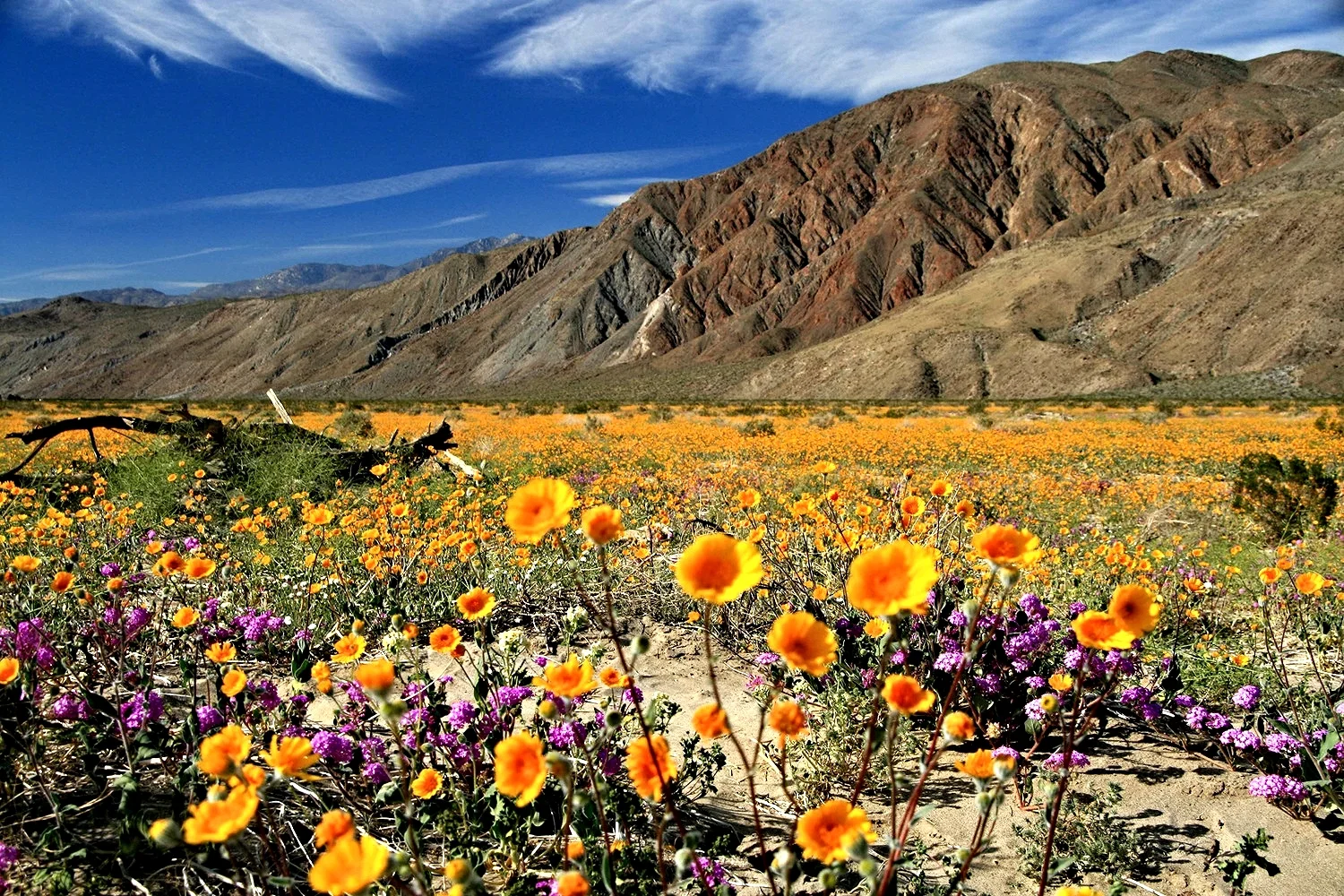James W Cornett to Speak on Ocotillos and Joshua Trees March 13th
/The final Botany Society Public Lecture of the season will be delivered by James W Cornett called "Hanging On: A Tale of Two Desert Icons." His talk will begin at 10 AM in the Discovery Lab at the State Park Visitor Center.
Cornett is know for his book "How Indians Used Desert Plants." This talk will focus on the ocotillo and Joshua tree which are iconic plants of the California deserts, indeed the entire Southwest. Not only are they two of the largest plants found on California desert flatlands, both species are widely planted as ornamentals and have names or images adorning hundreds of souvenirs and business logos from Las Vegas to Tucson and beyond. Cornett will share the results of his decades-long studies on the population dynamics of these two iconic species with particular emphasis on the Joshua tree as his research on this species has just finished.
Who: James W Cornett
What: Hanging On: A Tale of Two Desert Icons
When: Monday, March 13, 2017; 10 AM
Where: Discovery Lab, Anza-Borrego Desert State Park® Visitor Center
Cost: Free to the public






